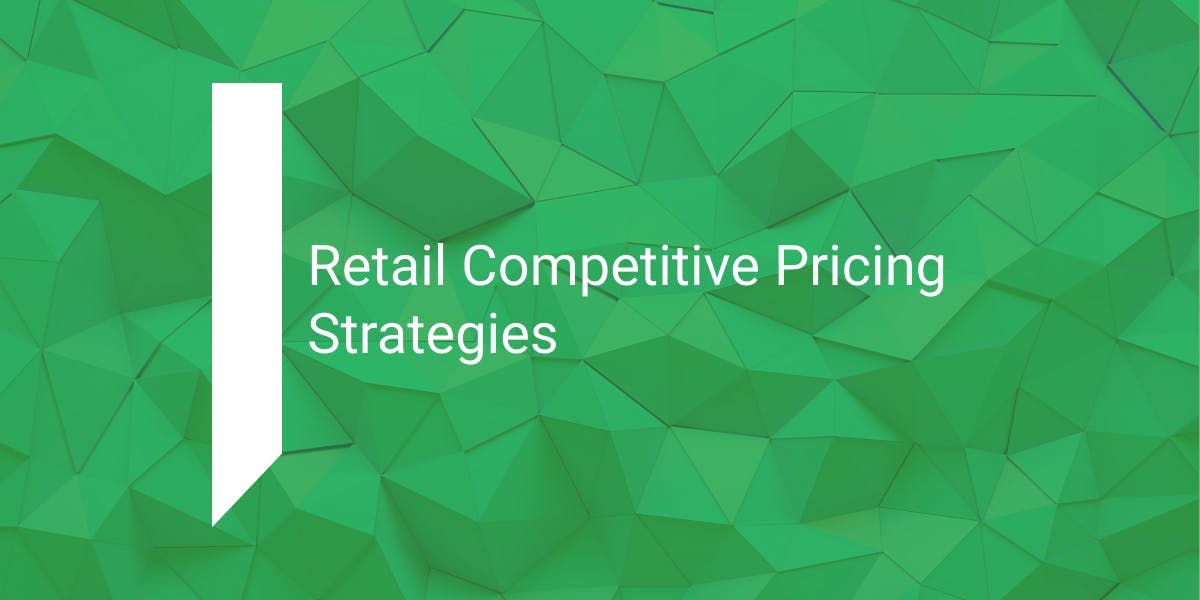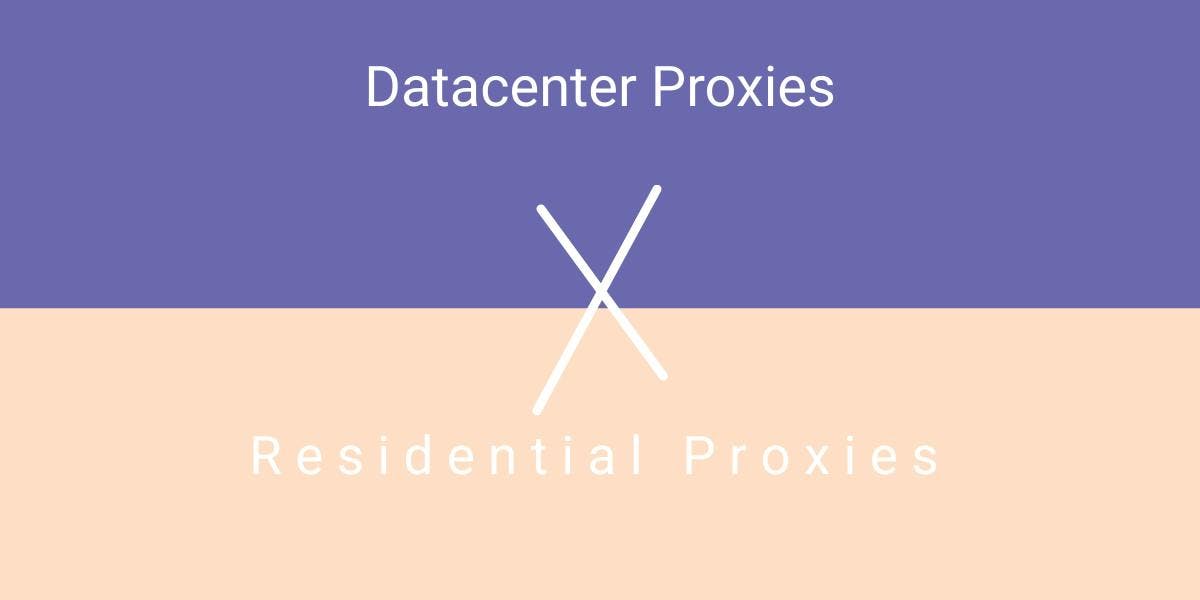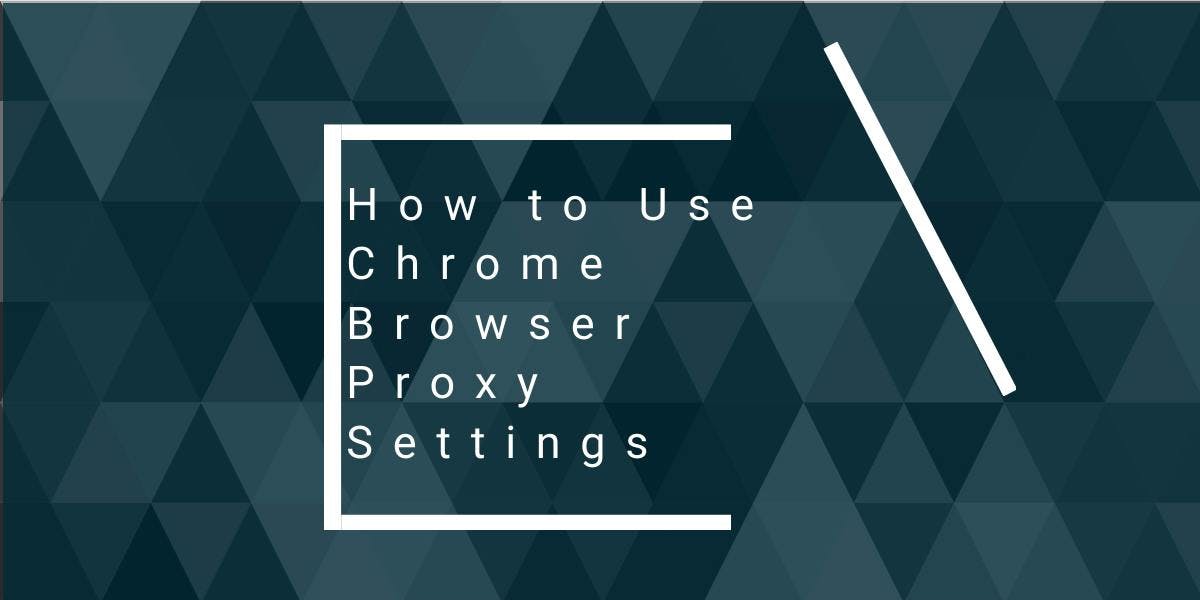Retail Competitive Pricing Strategies
Flipnode on May 23 2023

The pricing strategies employed by a business can significantly impact its success. Considering that pricing is often a top concern for buyers, it plays a crucial role in influencing purchasing decisions. However, implementing a flawed pricing approach can lead to diminished profits and declining sales. Therefore, the significance of setting the right price cannot be underestimated.
What is competitive pricing?
Competitive pricing can be defined as the delicate balance between maximizing profits and providing appealing products to consumers. Assessing and comparing competitors is a critical component of pricing strategies. Finding the ideal middle ground is particularly important for businesses selling everyday products that are similar across different companies. Therefore, selecting an appropriate pricing strategy is crucial for firms operating in markets with common goods. The main takeaway from this article should be understanding which competitive strategy is most relevant to your business.
Factors that affect retail pricing
Retail competitive pricing can be broadly divided into two categories: internal factors and external factors.
Internal Factors:
- Organizational Factors: These are determined by top-level management, including price ranges and policies, while lower-level staff is responsible for setting specific prices.
- Marketing Mix: The marketing mix consists of the seven P's (product, place, promotion, price, process, people, and physical evidence), which work together to attract customers. Gaining customer attention is crucial, and this aspect should not be overlooked.
- Product Differentiation: In saturated markets, creating a unique product is challenging. Product differentiation through qualities like quality, color, and features becomes essential for standing out and potentially justifying higher pricing.
- Product Cost: Setting the price should consider the combined costs, including raw materials, labor wages, promotion, advertising, and salaries. Prices set below these costs would result in losses for the company.
External Factors:
External factors are beyond a company's control but have industry-wide relevance. Although they are outside a single company's scope, they can be predicted through appropriate planning and market forecasts. The primary external factors include:
- Demand: Demand can be categorized as inelastic or elastic. Inelastic products or services, with stable demand, can sustain higher prices. Elastic products, with fluctuating demand, cannot maintain stable high prices.
- Competition: Pricing is significantly influenced by the market structure, whether it's monopolistic or competitive. Understanding the competitive landscape and conducting thorough research are essential before making pricing decisions.
- Supplies: The availability of supplies directly impacts pricing. The scarcity of raw materials, especially with high demand, can lead to significantly higher prices within profitable limits. Conversely, products based on abundant materials may face pricing constraints unless they offer unique value propositions.
Understanding these fundamental concepts enables better prediction and preparation of an effective sales strategy while avoiding losses. It is important to note that while external and internal factors are universally relevant, their sub-sections should be analyzed on a case-by-case basis.
What are the types of retail competitive pricing?
Choosing the appropriate retail competitive pricing strategy should be based on your specific requirements. Whether your goal is price penetration or gaining market share, it is crucial to consider the type of strategy that aligns with your objectives. In today's globalized and highly competitive market, this consideration becomes even more important. Let's explore three primary types of retail competitive pricing:
- Cost-Plus Pricing Strategy:
This is the simplest approach among the three. It involves adding a fixed profit margin (markup) to the cost, which determines the selling price. However, this strategy is suboptimal as it relies on a lack of pricing research. Choosing this strategy as the default option may not allow you to develop a competitive advantage based on comprehensive data and information. Therefore, the cost-plus pricing strategy should only be considered as a last resort. - Demand Pricing Strategy:
As the name suggests, this strategy sets the price based on the level of demand. The goal is to maximize sales during peak periods when both price and volume can be high. For example, concert or festival tickets often increase significantly in price as the event date approaches, aiming to maximize profits from ticket sales. - Penetration Pricing Strategy:
With this strategy, a market is entered by offering a lower price compared to competitors. The primary objective is to generate demand and establish a foothold in the market. During the initial entry period, temporary losses are expected. The intention is to gain market share and position the business in a way that allows for a more profit-focused pricing strategy in the future.
Consider your specific goals and market conditions when choosing the most suitable pricing strategy. Each strategy has its advantages and considerations, and selecting the right one can contribute to your long-term success.
Benefits of competitive pricing strategies
Competitive pricing has been thoroughly examined, covering its main factors and types. However, it is essential to explore the concrete advantages of implementing an efficient competitive pricing strategy. While increased profitability is undoubtedly one of the benefits, there are other equally important advantages to consider.
- Market Loss Prevention:
A well-executed competitive pricing strategy allows businesses to adapt to changing market conditions. By monitoring competitors and adjusting prices accordingly, it becomes possible to minimize market loss. This approach helps retain customers, prevent them from switching to competitors, and maintain market shares. - Improved Profit Margins:
As mentioned earlier, a finely-tuned pricing strategy can effectively maximize profits. However, achieving this optimization is a complex task influenced by various factors such as elasticity, competition levels, current market shares, and product uniqueness. While the idea of competitive pricing strategies improving profits is intuitive, implementing the most suitable strategy requires careful consideration and analysis. - Dynamic Pricing Capability:
Dynamic pricing stands in contrast to cost plus pricing strategies. It involves leveraging complex, continuously monitored, and adaptable pricing strategies to gain a competitive advantage while maximizing profit. While it may be one of the more sophisticated approaches, dynamic pricing has the potential to elevate a business to new heights. The use of tools is often recommended due to the sheer volume of price changes occurring daily, which can be virtually impossible to track without appropriate automation. - Efficiency:
Efficiency, in the context of pricing, refers to the combination of an effective pricing strategy with other strategies that generate multiple benefits. This could include streamlined or automated pricing processes, as well as incremental improvements in customer retention. Efficiency plays a crucial role in implementing an effective retail competitive pricing strategy.
By considering these advantages, businesses can harness the power of competitive pricing to drive profitability, protect market share, and ensure long-term success. It is important to tailor the strategy to the specific needs and dynamics of your industry and continuously monitor and adapt to remain competitive in a dynamic market environment.
Conclusion
In today's data-driven e-commerce landscape, accessing publicly available data has become essential for making informed decisions. By leveraging this data, businesses can uncover valuable insights that would otherwise remain inaccessible. This is particularly true when it comes to determining optimal pricing strategies, as publicly available data can play a crucial role in ensuring that your prices are set correctly.



